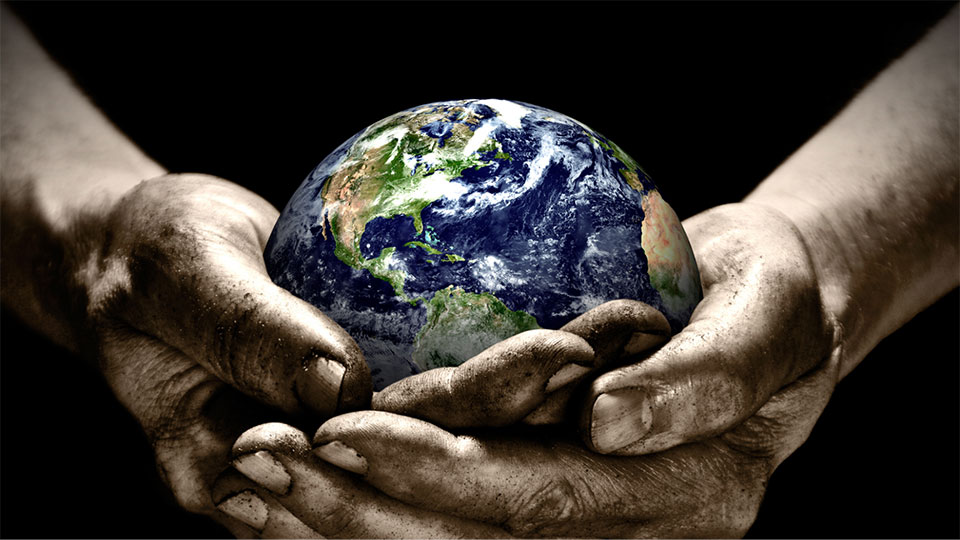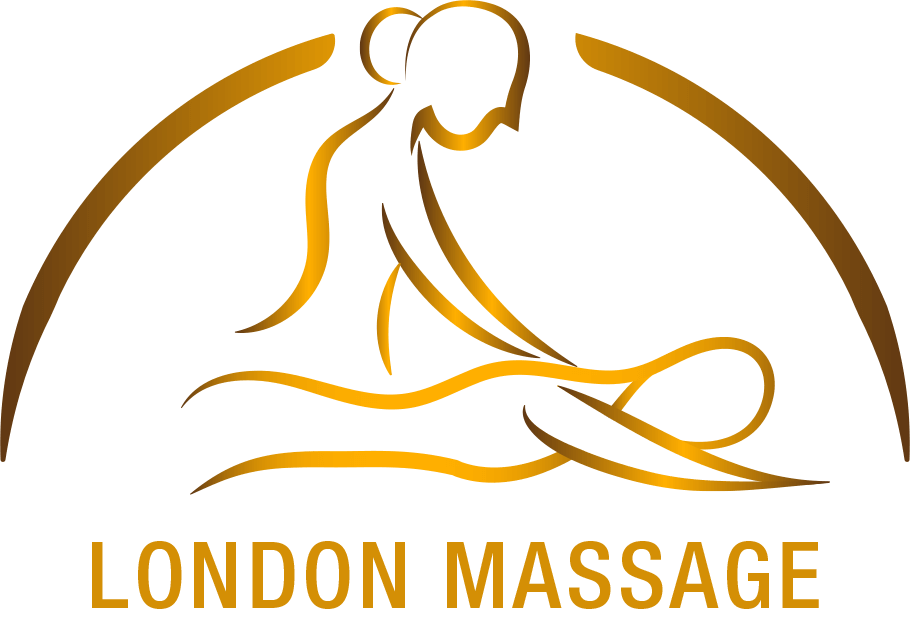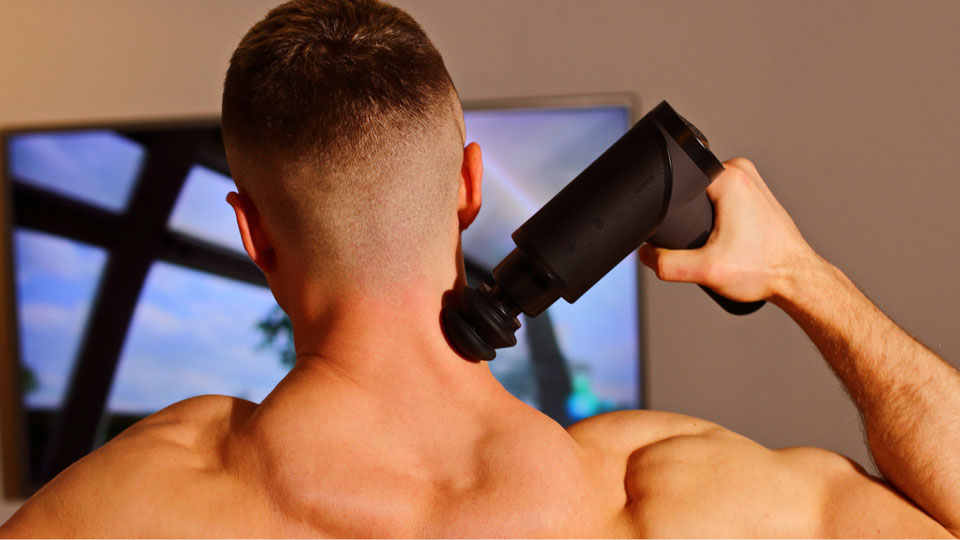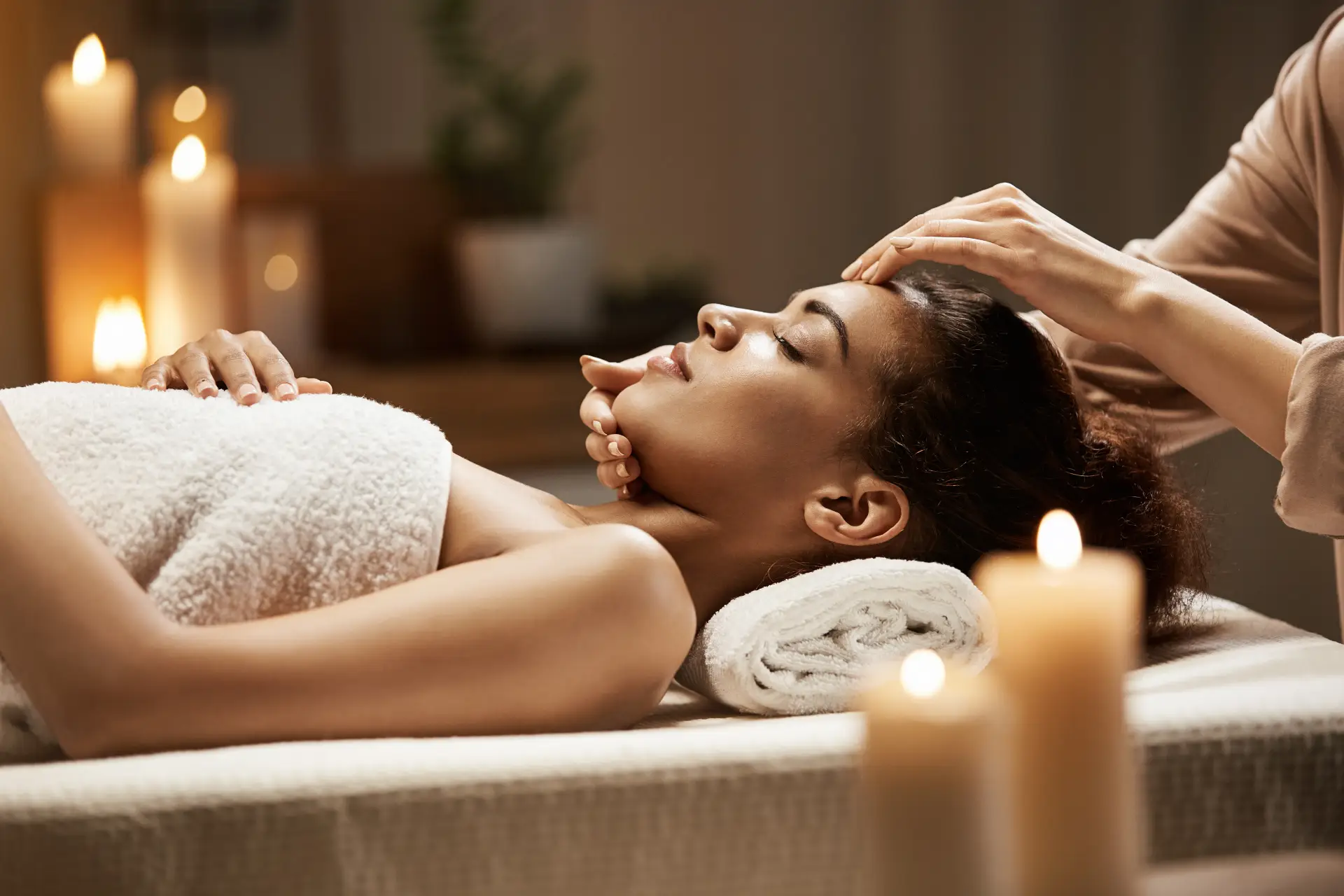How Global Massage Techniques are Blending in the UK
Body Massage

Massage is an ancient tradition steeped in physical therapy and spirituality. Where you go in the UK, the sheer variety of massage types makes it nearly impossible to choose which suits you.
Each massage has its roots, and over the last couple of decades, the UK has embraced traditions from all over the world. In this guide, we'll explore the most popular massages in London and where they came from.
Swedish massage
Pretty much everyone's heard of a Swedish massage, which is known for its ability to promote relaxation while also treating muscle problems and improving blood circulation. As Europe's second most loved massage, many therapists offer the treatment.
What makes these massages so popular is their emphasis on different disciplines, including long and sweeping strokes, kneading the muscles, rhythmic tapping and vibration.
Where did Swedish massages come from?
Despite common beliefs, Swedish massages weren't developed in Sweden. Per Henrik Ling was a fencing instructor in Sweden, and he initially noticed that certain movements can promote quicker healing.
However, most experts credit Johann Georg Mezger - a Dutch physician - with inventing the core principles of Swedish massage. He devised the five techniques and created the system we know and love today.
Interestingly, non-English speaking countries consider the Swedish massage a classic one.
Thai massage
There's nothing quite like a Thai massage. The ancient practice combines compression, stretching and pulling disciplines with yoga and spiritual techniques, creating a peaceful rejuvenating experience.
Your therapist will move you into yoga poses to relax your mind and promote better circulation while putting pressure on your sen lines to enhance energy flow. Thai massages are also the third most popular experience in the UK.
Where do Thai massages come from?
Popular legends suggest that these massages were invented over 2500 years ago by a doctor named Chiwaka Komaraphat. However, most specialists agree that, in reality, Thai massage is a fusion of Asian and Indian cultures, developed in the 19th century.
Despite their popularity, Thai massages only became popular outside Asia during the 1980s. Today, you can get one from a qualified therapist or head to a Thai spa.
Deep tissue massage
As one of the most popular massage treatments in London, the infamous deep tissue technique never goes out of fashion. It focuses on treating tension and chronic pain by working on the muscles and connective tissue.
Deep tissue massages are known for their intensity; some people find them too uncomfortable. However, a good therapist will work with you to define pressure and ensure you don't feel pain.
Where do deep tissue massages come from?
Some people believe the Ancient Egyptians used a form of deep tissue massage - although there's no definitive proof to confirm the theory. What we do know, though, is that massage has a strong link to Canada, mainly through the work of Doctor Therese Phimmer.
While suffering from lower limb paralysis, the doctor began to massage herself, hoping to reach the nerves. Surprisingly, it worked! She regained her mobility and started teaching others her techniques - now known as deep tissue massage.
Hot stone massage
If you've ever had a hot stone massage, you'll know how relaxing it can be. A therapist heats stones to a comfortable temperature and then places them on specific points of your body.
Depending on the type of session you book, they might also use oil and massage your muscles with the stones. Heat treatment can relieve muscle and back pain, with the stones sitting on trigger points to enhance energy flow.
Where do hot stone massages come from?
Hot stones are one of the oldest massage techniques, dating back 5,000 years. The Chinese and Native Americans adopted the practice later, but it didn't become mainstream until 1993.
Mary Nelson then adapted the practice and developed techniques that she taught to others. Today, hot stone massages are fully adaptable to each person's needs and are a beneficial holistic treatment for pain.
Shiatsu massage
Also known as a finger pressure massage, Shiatsu quickly took over the Western world for its ability to reduce pain and enhance flexibility. Despite its name, therapists use thumbs, elbows, hands and even knees to promote energy flow.
Unlike many massages, a traditional Shiatsu experience takes place on a bamboo mat or futon, although it's adaptable to a massage table. Some people prefer it because they don't have to take their clothes off.
Where do Shiatsu massages come from?
As you probably know, Shiatsu massages come from Japan. The technique was developed in the 1920s, but it's actually a variation of ancient massage practices from Japan and China.
So, while it is rooted in Japan, many traits of Shiatsu massages come from Chinese philosophies and healing practices.
Reflexology massage
A reflexology massage isn't for everyone—especially if you have sensitive feet. For many people, though, it offers the rare experience of seeing how your feet connect to organs in your body.
When a masseuse triggers these points, it can promote healing and minimise discomfort by stimulating your body's healing mechanisms.
Where does the reflexology massage come from?
Reflexology goes back to Egyptian times, with pictographs visualising it. However, because it's such an old practice that seems to have been passed on through generations, it's challenging to pinpoint reflexology's true origins.
We do know that the UK discovered reflexology through an American named Eunice Ingham. Today, it's one of the most popular massages available.
Which massage will you choose?
If you live in and around London, you have plenty of massage experiences to choose between. Whether you want a traditional Swedish massage or want to go for a more unique technique, the UK's capital is the place to be.
When you don't want to sacrifice convenience but also expect a professional service, I Love Massage has you covered. With registered therapists across London all waiting for your booking, our website is the stress-free way to get some much-needed TLC.
Please feel free to book an appointment today or contact us if you have any questions.



